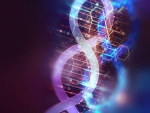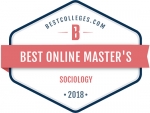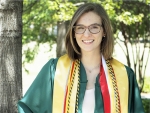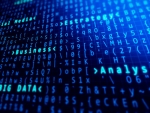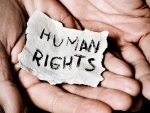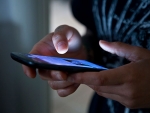Displaying items by tag: college of arts and sciences
The Birmingham City Council Transportation Committee provides funding for the UAB TRIP Lab’s current driving safety community outreach efforts.
Tagged under
Rosianna Gray, Ph.D., visits with STEM students and professionals in the Czech Republic to discuss and encourage diversity within the field.
Tagged under
Tagged under
Recovery from an eating disorder has helped one former Blazer athlete solidify her career path and has her determined to help others.
Tagged under
UAB Physics researcher continues to identify inexpensive ways to laser print with small functional devices.
Tagged under
Drowsy driving, distracting driving and road rage put you and other drivers at risk for a motor vehicle crash.
Tagged under
Tagged under
UAB students aid authorities in cybercounterespionage day in and day out, giving them “the best start on their careers that we can.”
Criminal justice professor Jeff Walker, Ph.D., shares tips to keep yourself and your personal property safe while you are traveling this summer.
Cayla Hamilton has been recognized for outstanding achievement by the National Spanish Honor Society, Sigma Delta Pi.
Tagged under
In a large-scale analysis, Jeremy Blackburn, Ph.D., and collaborators found that the misuse of web archive services cause loss of ad revenue for popular news websites.
Human rights and international politics experts say efforts to shine a light on human rights abuses in North Korea and calls for improvement must be stated in future discussions.
Tagged under
Stacey Holloway, assistant professor of sculpture, partnered with colleagues to publish a collection of letters to a fictional young iron-caster written by 21 iron-casting innovators.
Tagged under
The UAB Summer Band will perform a collection of popular and patriotic songs on the green in front of Bartow Arena.
Tagged under
Works in the Rebecca and Jack Drake collection range from civil rights photography to German abstract painting.
Tagged under
UAB’s team found that smartphone motion sensors may pose a threat to speech privacy only if devices are sharing the same surface.
Such analysis, researchers say, can help identify pathogen contact points between species, including pathogens causing human disease.
Tagged under


